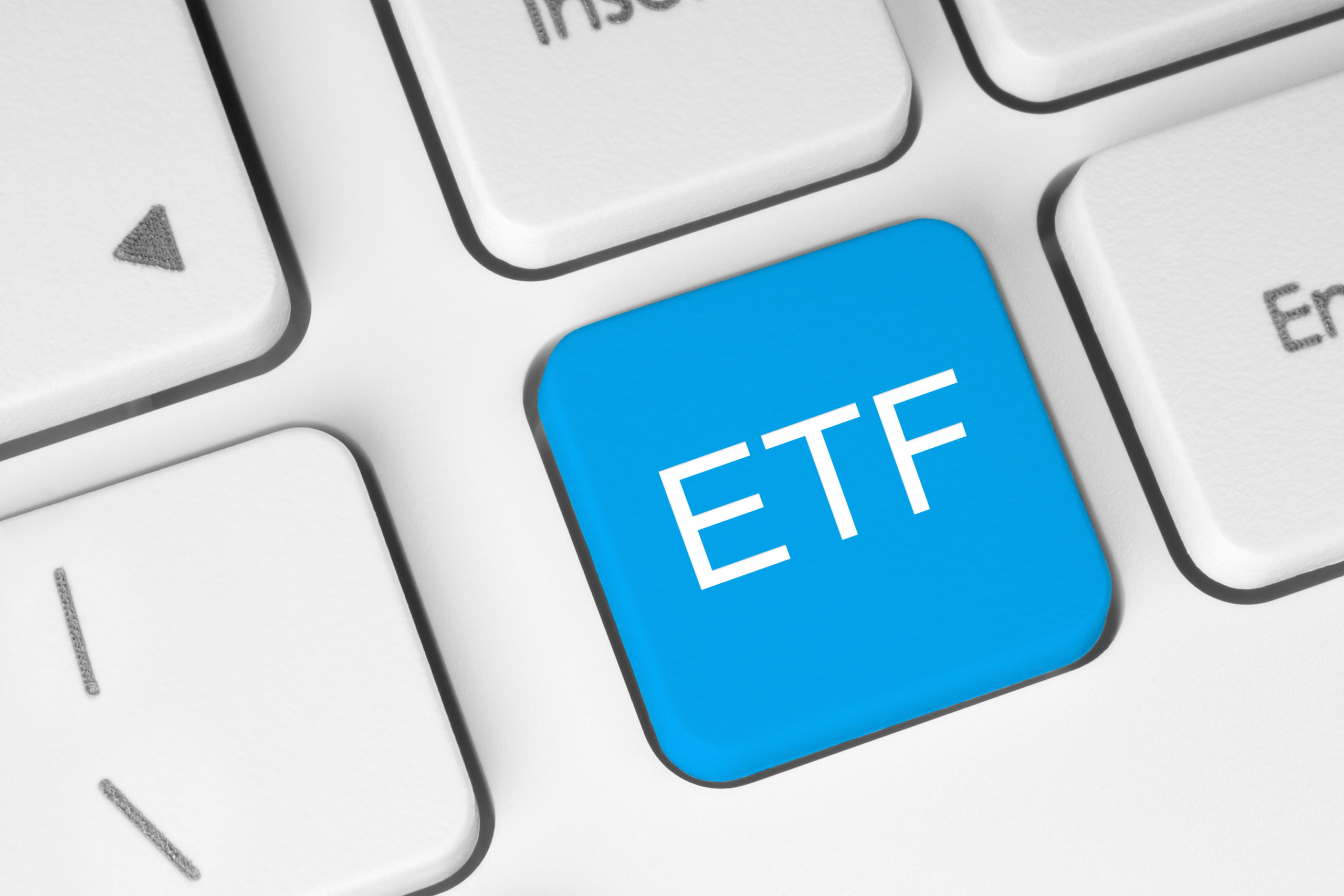There are currently over 240 ETFs available on the Australian stock market and this figure continues to grow every month. At this time in 2014, there were just 95 ETFs available on the market, reflecting their extraordinary growth in the last 5 years and rising popularity among investors as a cost-effective and efficient way to invest.
ETFs of today now offer exposure to sectors and emerging investment themes far beyond the realms of the ASX200, providing investors endless choices.
So how do investors select the right one for their portfolio?
It’s crucial to pay close attention to the fees, composition and exposure the product provides and ensure this aligns with your personal wealth goals.
Exposure and composition are key
When choosing any investment, one of the most important decisions is the asset class and sector. As a first step, investors should assess their investment goals and review their current portfolio exposure to identify gaps, and opportunities to boost diversification and overall returns.
The majority of Australian investors are overly exposed and reliant on the domestic market, so exploring ETFs with a regional or global focus could provide significant portfolio benefits.
Far beyond just equities, ETFs can also provide exposure to fixed interest, property, cash and commodities. Providers are increasingly expanding into thematic or sectorial options, with ETFs in the health, technology and agriculture becoming popular.
The impact of fees
As with any investment product, fees can have a huge impact on the total return of your investment. The goal of most ETFs is to track an index, but it is important to be aware of fees, which can mean your returns deviate away from the underlying index.
Within the ETF universe, management fees can be as low as 0.04% and as high as 2.0%. There is fierce competition between ETF providers, with fees continuing to reduce and benefiting investors.
When comparing the fees of different ETFs, it’s important to compare apples with apples. In the last few years, we have seen the emergence of specialist and active ETFs. Some incorporate just an element of active asset allocation, moving the underlying exposure slightly away from the benchmark, while other active ETFs are just actively-managed funds made available via the stock market.
The active element means the fees for these ETFs are generally higher, so cannot be compared on a like-for-like basis with index ETFs. Active ETFs may also include performance fees.
When examining ETF fees, investors may also come across the management expense ratio (MER) or indirect cost ratio (ICR). These are both measures of the estimates of the total costs of investing in an ETF. The ICR can make it easy to compare products and usually takes into consideration the management fees, performance fees (if any) and the operating expenses (licensing, compliance, auditing etc.).
It’s crucial to do your research around fees and review the Product Disclosure Statement (PDS) before investing. The management fees for the very same ASX200 ETF ranges between 0.07% and 0.19%, and while not significant in the short term, this difference could ultimately help to boost or hinder your overall portfolio return.
Consider the provider and trading volumes
Most ETF providers in Australia are well-known institutions with established products and significant funds under management. While the Australian market is highly regulated, it still makes sense for investors to do their due diligence and ensure the provider is credible and stable.
Unlike shares, the trading volume of ETF units is not an accurate indication of liquidity. Many investors mistakenly see a low turnover or trading volumes of ETFs and associate this with low liquidity of the ETF. However, the liquidity of an ETF is associated with its underlying assets, so if those assets are difficult to buy or to sell, then the liquidity characteristics of the ETF will be impacted.
The majority of assets that Australian ETFs invest in are highly liquid, however investors should look closely at the underlying assets in line with their risk tolerance.
Want an easy way to compare?
With over 240 ETFs available on the ASX, this is an unrealistic number to easily compare and can often be a pain point for investors.
Bell Direct’s ETF Filter enables investors to simply compare ETFs by performance, fees, asset class, sector, issuer and ICR, and choose the right one for their portfolio.



